This article refers to link below!
Link
Consensus process
- Pre-Prepare
- Prepare
- Commit
- Assuming that the bad node is F, System can run if the total number of nodes is 3F+1 or more.
- Validator is that derive consensus, and they choose a proposer before generating blocks(before every round).
Protocol: Propose
First, the proposer choose and propose a new block, then announce it with message.
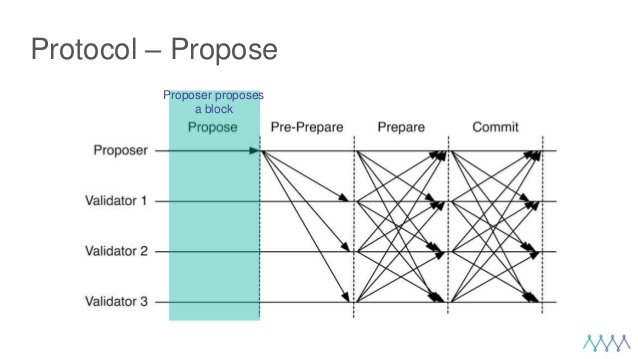
Protocol: Pre-Prepare
Second, protocol is 'pre-prepare' state with sending 'prepare' message when validators receive a message from proposer. This process makes every validators notice that they're in same state.
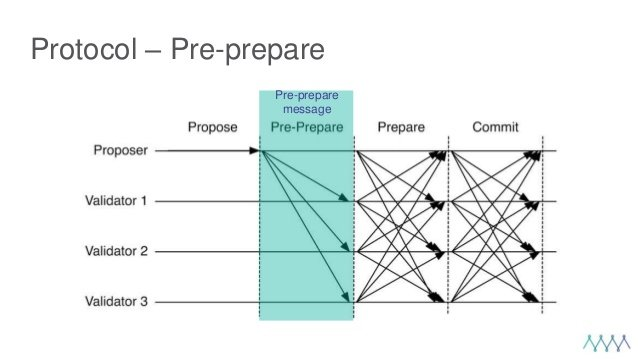
Protocol: Prepare
Third, when validators get more than 2F+1 of messages, protocol is 'prepare' state and send 'commit' message.
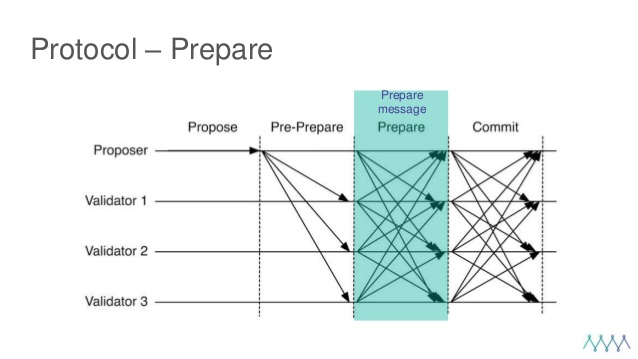
Protocol: Commit
This protocol makes peers notice that proposed blocks are permitted, and connects those to the chain. When they receive more than 2F+1 of messages, protocol should be 'commit' state, then blocks are connected to chain.
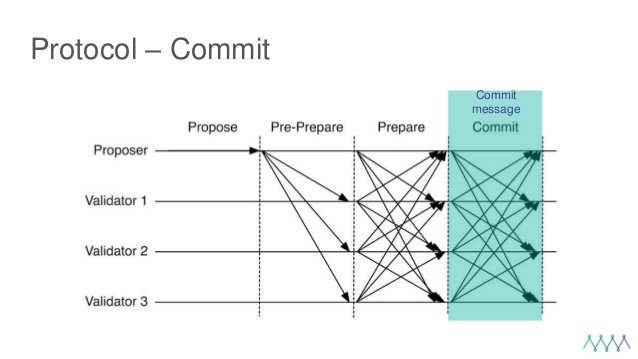
Overall process
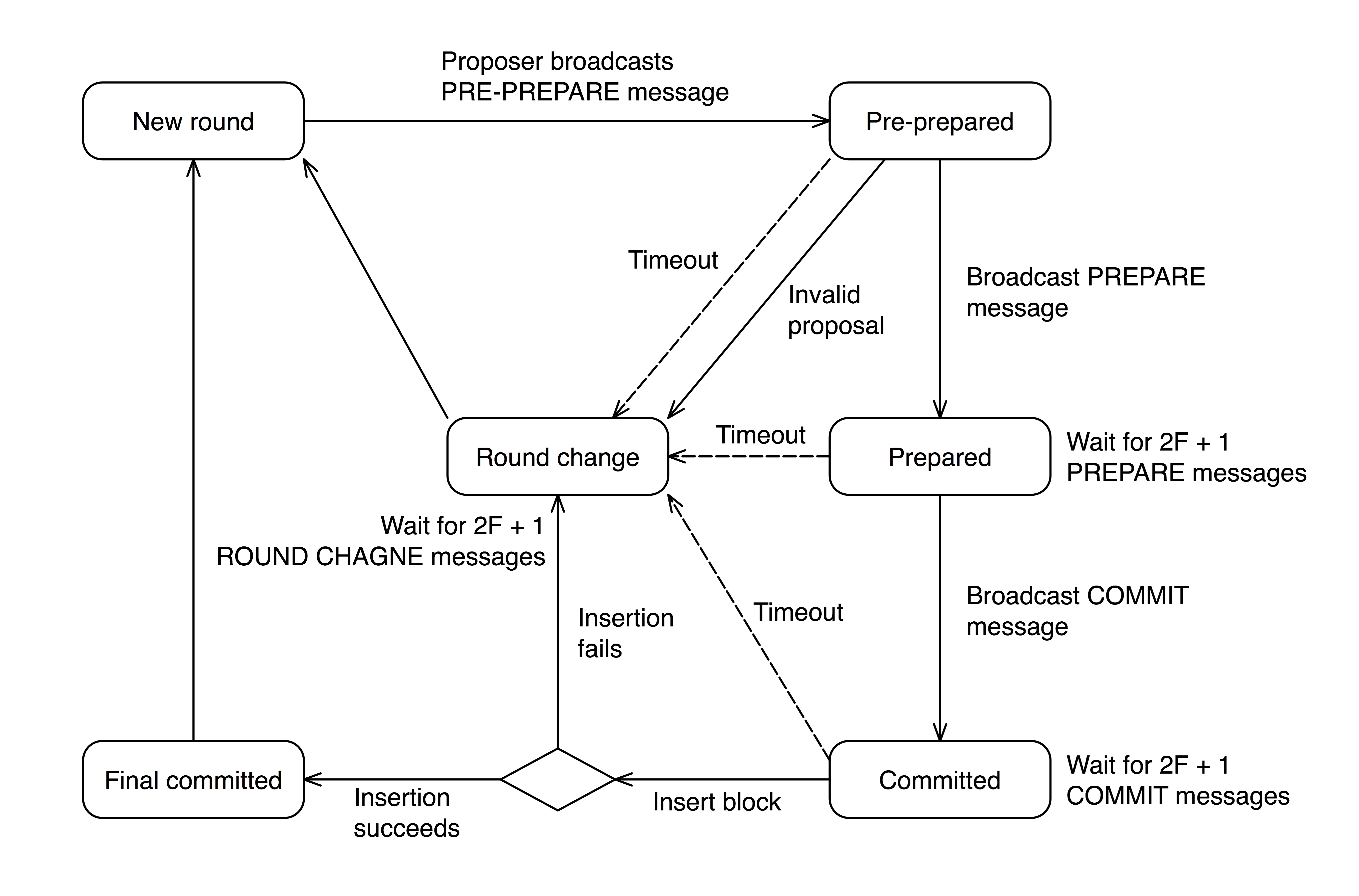
Image above shows the whole algorithm, when consensus is failed, go to 'Round change' and then restart over again.
Wrap up
Consensus process is composed of three state, Success insertion of block means finality. Simply put, there's no way to change it at all.
Therefore, it cannot be forked and valid block must be on the main blockchain.